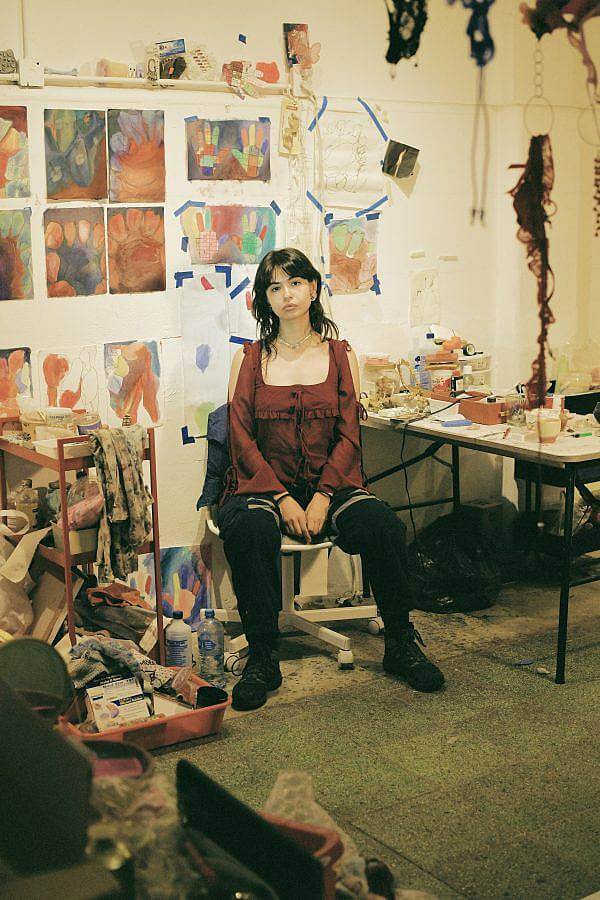Tell us a little bit about yourself and what you do.
I am an interdisciplinary artist to the extent that my practice is scattered among different fields. Where I come from there is no clear delimitation fueled by educational institutions that produces such specific and differentiated professional contexts, I know that in other places there is, but not here. I studied philosophy and disliked the reduction of aesthetics to the disciplinary field of art, and I think the direction it pointed to when it appeared as a study of what was implicit in perception and how it is mediated, is much more fortunate. When I was a teenager and decided that I was going to dedicate myself to art and humanities, I was overwhelmed by the precariousness in which both fields develop in Mexico, so I decided to learn a trade to make my twenties sustainable. If art and the humanities could be considered valuable only through subjective appraisal, I decided to learn how to do traditional Mexican silversmithing where regardless of whether or not others like what I do, the material alone has an objective measurable value. I also write, especially poetry and I have been interested in cultural management for many years.
How did you develop your jewelry project, Grosera? How do the materials you work with to create pieces for Grosera affect the way you work with materials for your visual art?
For years my sculptural practice was oriented towards soft sculpture while my jewelry making has always been based on wax modeling and metal casting through the lost wax technique. It was through wax modeling that I fell in love with wax in general as a material, but it was not until this year that I began to cast in metal wax experiments that did not fit in the jeweler’s ovens and began to make sculptures in metal. It was also because of jewelry that I fell in love with making molds. From last year until now I started to incorporate more processes related to mold making into my artistic exploration and production. I think this is an example of what I mean when I say that my work grows in different lines that eventually if I am lucky they come together.
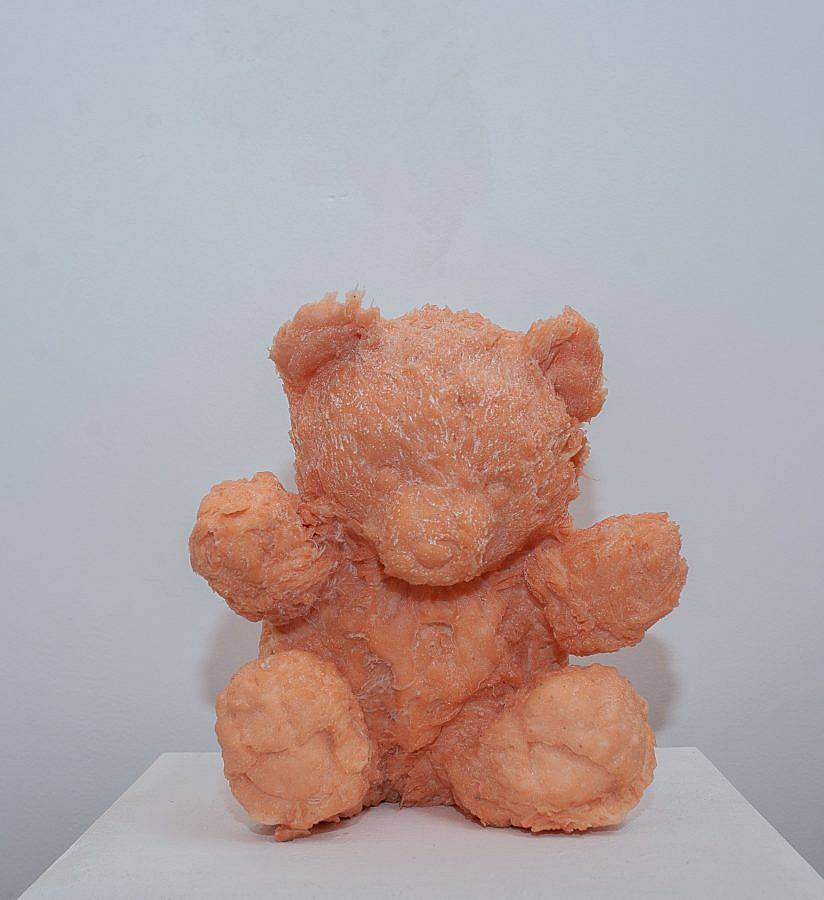
What kind of interaction do your writing and poetry have with the visual art that you create?
I think they are the same thing, being honest I think the only clear line that connects all the disciplines in which I have a leg in (as a crab or a spider), is my writing, especially poetry. I have a relationship with the word that monopolizes me, I find it curious that for some people this is not evident because I am very critical of the way in which certain intellectualism can legitimize exclusion. Many people who know my work as a visual artist don’t know my poems, and many people who know my work as a writer don’t know my work as a silversmith, and many people who know my work as a designer or jeweler don’t know my interests in philosophical research. I suppose that as my work grows in these different fields, it will come closer to a legible intersection. And if it doesn’t, that’s okay too.
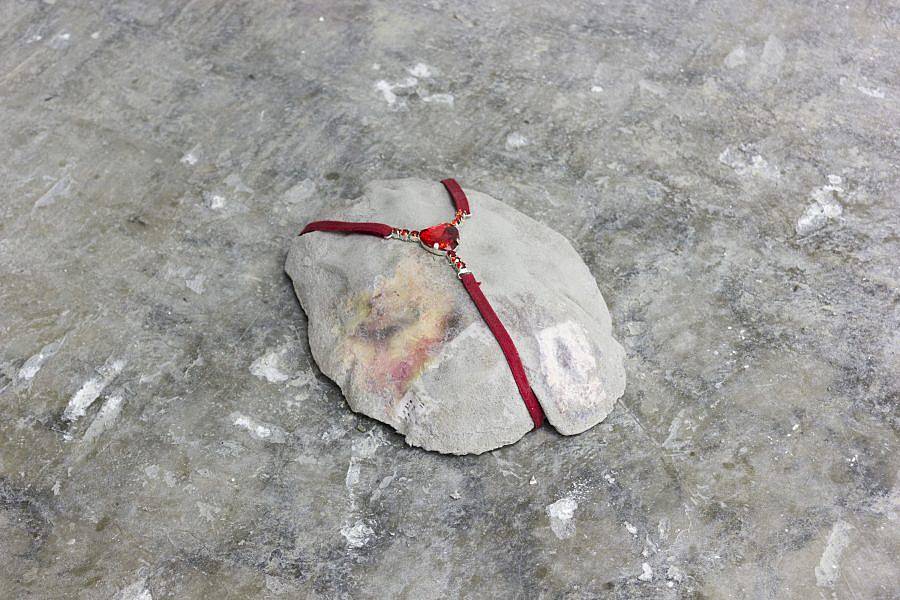
Are there any influences that are core to your work?
Probably yes, but things struck me strongly because of the timing. When I was a teenager, I came across figures that even as part of the hegemonic pop culture of the last century confronted the very morality of the system that spawned them. I enjoyed discovering the aesthetic expressions that became fashionable parallel to the sexual revolution of the 70s. Simultaneously I discovered Nietzsche. Identifying the creative impulse as a response to an inherent human unrest, extended both to the creation of institutions (and regulatory fictions) as to the creation of “artistic works”, managed to channel my teenage angst. Right now, I like the work of Andrea Fraser and Forensic Architecture, the relationships they establish within the cultural field maps and articulates in a critical and eloquent way how power relations traverse institutions. I appreciate when research makes evident the underlying inequality implicit in normalization and institutionalization. Honestly, I also enjoy art that focuses on experimentation and material curiosity. I get very excited about art made by children and by the vernacular component of popular art as opposed to fine art, also I really like folk or “outsider” art. I am also very influenced by the work of my friends, I am proud that they allow me to be involved in their practice and watch them develop it.
Is there a moment you look back on as being formative to your identity as an artist?
It is difficult for me to define my identity as an artist, but I believe that the moments that have defined my identity as a person are also constitutive of what I do. Growing up relating to functional diversity and disability set a pattern and a conviction that my early experiences with psychiatry ended up crystallizing into an identity. I also owe much of who I am to growing up doing handcrafts as well.
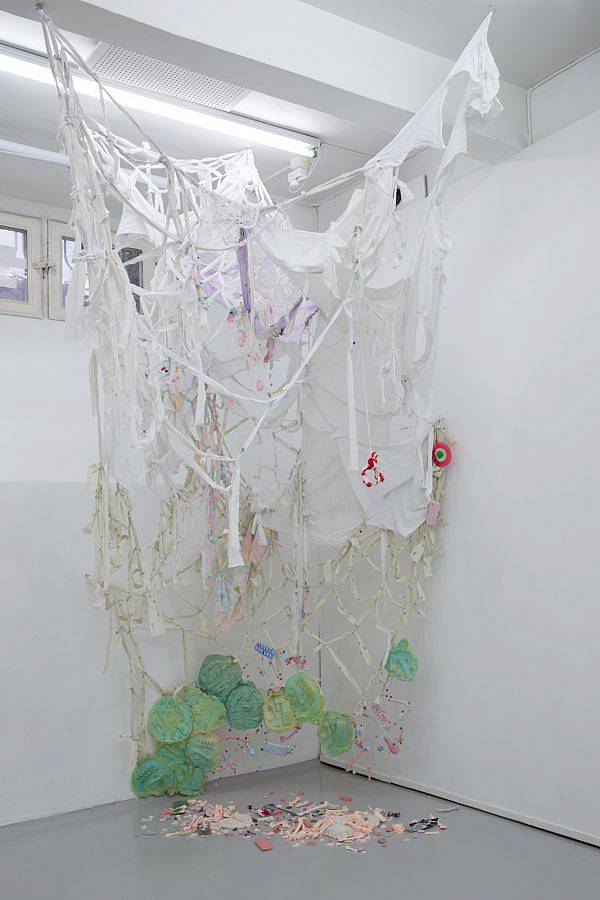
You often work with found objects in the art you create. What draws you to the items that you incorporate into your work? Where do you source the items that you use? Do you have a favorite item that you’ve been waiting for the right project to use?
I feel a deep curiosity towards objects that precedes my production. I have a particular affection for objects that do not cost a lot of money, to the extent that I can justify the investment without having to anticipate what I want or can do with them. Many times I feel challenged by random objects that I find in downtown Mexico City, like educational materials, underwear, and Chinese imports that proliferate there. Sometimes I pick up stones and I can carry a small metal or plastic scrap in my pocket and by touching it and playing with it I feel that it earns its place so I decide to keep it. I really like the market and tianguis culture in Mexico, I can get secondhand objects and items of dubious “quality” with an impressive ease and at a very low cost. Feeling questioned by objects has not been economically sustainable for me when I have been out of Latin America. In Europe everything is much more expensive and spaces are smaller and this determines the way of dealing with objects there. I keep many things that my friends give me, for example, the bones that I have in my studio have been mostly a gift. Many times people see stuff that make them think of me and bring them over, I appreciate that deeply. I bought some wall hangers in the shape of a hand a year and a half ago, I haven’t used them yet. I think just being around all those objects is where a lot of material relationships start to build up between them and I just have to stay receptive.
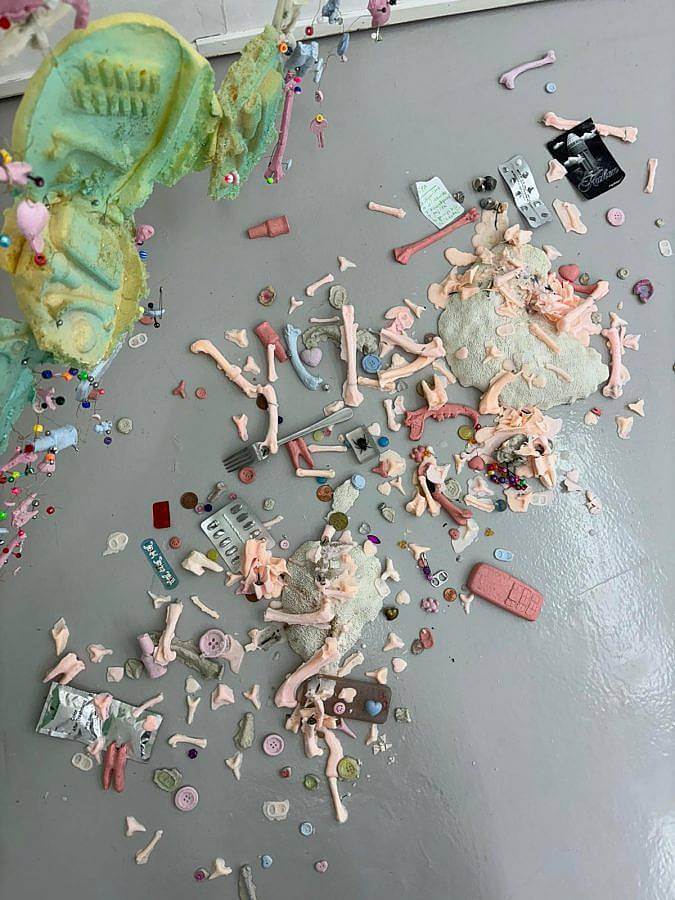
What is your experience like as an artist living and working in Mexico City?
I love Mexico City, it is a fascinating monster sewn trough stabs. This City is a frenzy in which many forms of life and resistance and complacency coexist violently in a voracious territory that grew from swallowing neighboring communities with all the problematic consequences that implies. Honestly my experience as an artist in this city is marked by the fact I began to move in the contemporary art exhibition circuit when I was 18 years old and I am just beginning to recover from it. Before I had a portfolio of work to back me up, as a young woman my value within this circuit was subordinated to my social capital and sexual capital. I was not prepared for that and by studying philosophy I missed some socialization processes common among art students that could have prevented or oriented me. I believed, in the splendor of my naivety, that the male curators and artists up to 30 years older than me who sought me out did so because they recognized my potential. It wasn’t until I ended up in an uncomfortable situation that I realized I failed to read the interests of many of the people who approached me. I am now 26 years old and have amassed a decent portfolio of work, but I still feel socially limited by the experiences I had in this environment when I was younger and that is something I am learning to process and put behind me.
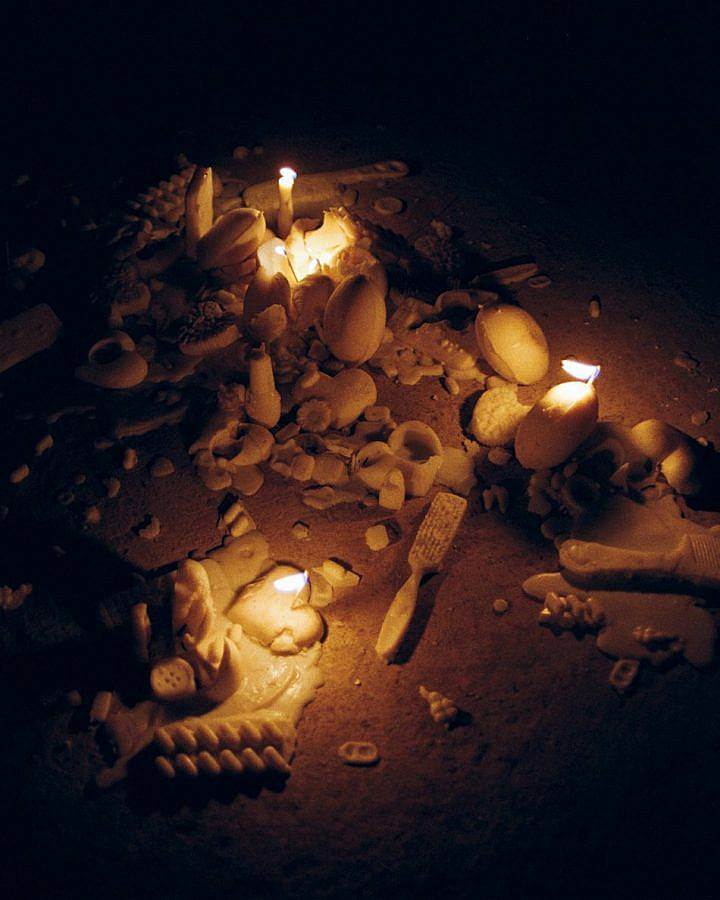
How does your creative community now compare to the creative community you had when you were younger?
For a long time I was the youngest in my group of friends and the youngest person in the spaces I frequented. I’m really enjoying not being that anymore. The creative community that I assume myself to be a part of at the moment is mostly made up of people I have grown up with and been sharing with for many years, and I constantly come into contact with people whose practice I resonate with. Perhaps the main difference is that this community is now larger and I am clearer about the guidelines that govern it.
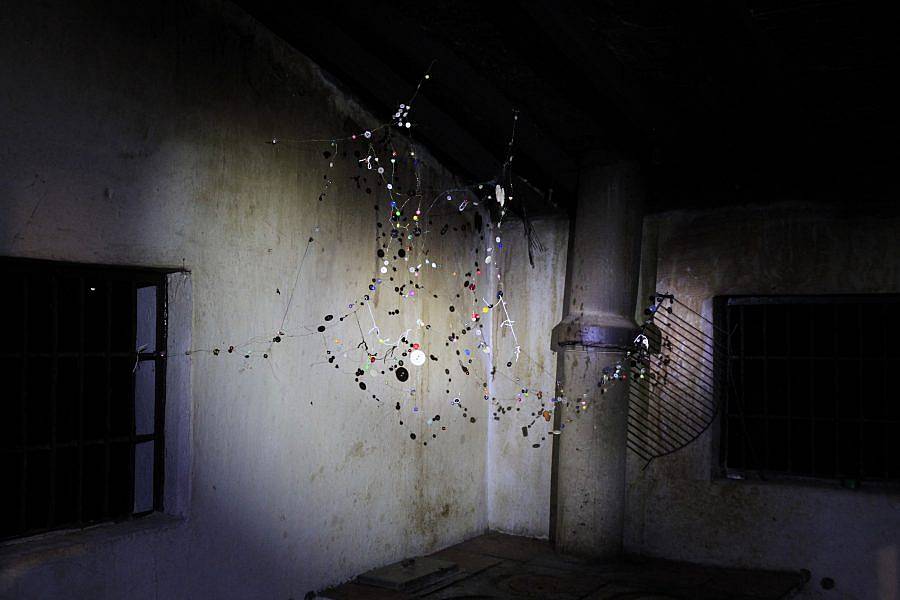
Describe your current studio or workspace.
An artist-run space wanted to free itself from the economic pressures of monthly rent for a season and sought to rent the space as a studio. I got a group of friends together to share the rent and now I work from there. My workshop has a corner where my jewelry bench is installed, which is actually a piece of furniture from Ikea that has been modified and fitted out for sanding, filing, polishing and soldering. There are many things on the wall, mostly paintings hibernating since five months ago when I started to feel pain in my knees that has limited my mobility and prevents me from spending much time standing or walking, the pain turned out to be due to Ehler Danlos Syndrome. There are some boxes where I have my materials to make molds, they are many reused containers, alginate and silicone rubbers, I also have a station with an electric grill and a jeweler’s polishing tumbler. There is a t-shirt with holes in it made by acid hanging, it was a gift by a friend who is a third-generation jeweler that used it for years to clean his silver pieces. I have a metal structure that allows me to hang things from the ceiling, currently there is a piece of underwear with wax and fantasy jewelry that I have to restore because it was destroyed while it was at Customs on its way to the collection that acquired it, they sent it back to me for repairs. I also have some drawers that I picked up from the garbage full of buttons, makeup, trinkets and junk. There is also a table where I teach wax modeling classes. I have small containers with bones and assorted objects that I use often. There are traces of materials I recently used to make props commissioned for projects such as movies, commercials and music videos.
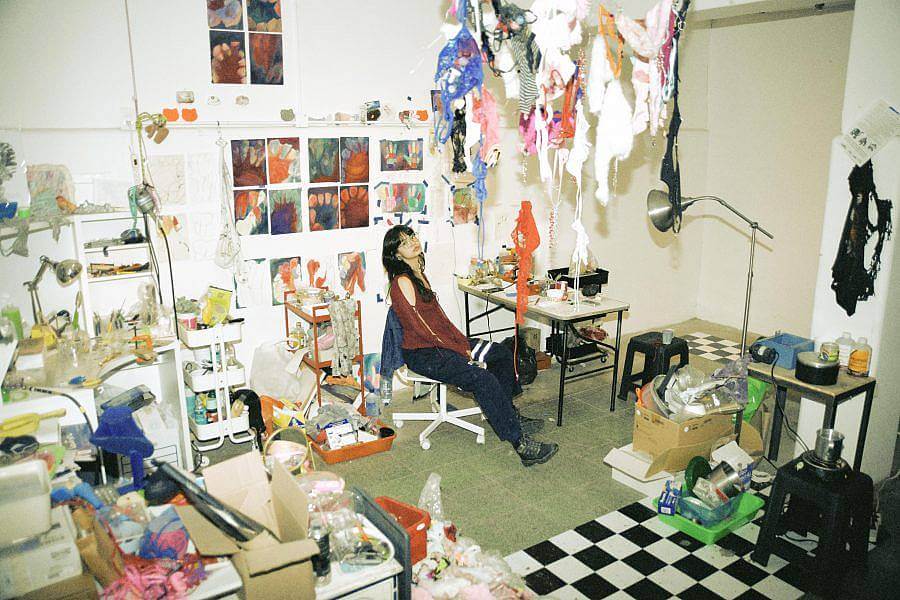
What is one of the bigger challenges you and/or other artists are struggling with these days and how do you see it developing?
I have been in pain from my knees for five months now, which has drastically reduced my mobility and my quality of life, and has been eroding part of my personality. I have been wearing mechanical knee braces and undergoing physical rehabilitation for some time now. The truth is that, despite my previous experiences, I have been struggling with the social perception of disability, to the extent that I believe I have to dedicate time to study much more about it if I hope to be able to impact the people around me. That’s one of the biggest challenges I face at the moment, but in general I tend to be quite critical and quite vocal with the way I’m challenged by different kinds of systemic violence, to the extent that I’m a bit of a killjoy.
Is there a theme or an idea that you’re interested in exploring further in your work?
I have taxonomic impulses and a nomological curiosity to which I will keep adding tension. I think I have been working on a materiality that constantly refers to two things: on one side to the body and on the other side to systematization as the factor that allows and encourages recombination in the industrialized production of cheap objects. Also a year ago during a state of burnout I became obsessed with the way artificial intelligence recombines random elements of specific semantic fields for the automatic creation of content for children’s audiences, I investigated the genre of videos made from nursery rhymes on YouTube. I would like to continue working in this direction and I think I’m already starting to come up with some examples of that interest, it surely will intersect at some point with the anatomical component.

What do you collect?
Intentionally I think only stones and stegosaurs. Accidentally I think buttons and bags with animal shapes, teeth and bones.
Do you have a dream project?
I think my dream project is to have a sustainable and coherent practice with what I think and defend. Because of the context I come from, being able to dedicate myself to creative work already seems like a dream to me. I still get very excited when I sell work, or when I sell jewelry, or when I am invited to participate in things, or when I am commissioned texts or in general when someone likes what I do. I am prone to get excited and moved. I have found a lot of satisfaction in that parallel to my artistic production I can pay my bills by selling jewelry and through teaching wax modeling classes, I also like to be commissioned to make props for music videos, films and commercials. I really enjoy working with art directors and I think that is a line I would like to start training in as well. I like that my deep and inherent curiosity for messing and tinkering with different materials can be channeled to bring me remuneration. I think one thing I still dream about is to be able to write and publish more, I would like to get involved in more projects that encourage me to be more consistent with it.
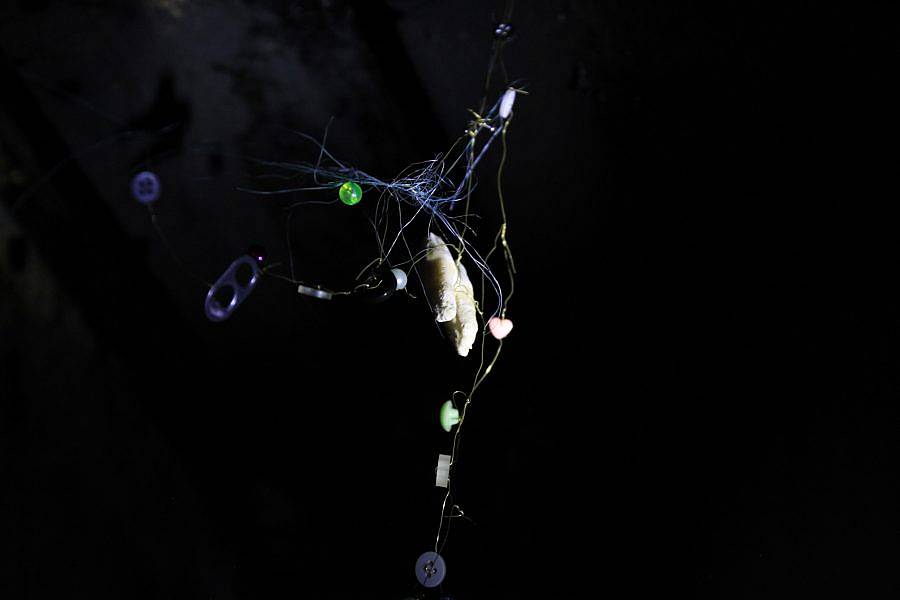
Interview conducted by Luca Lotruglio.
